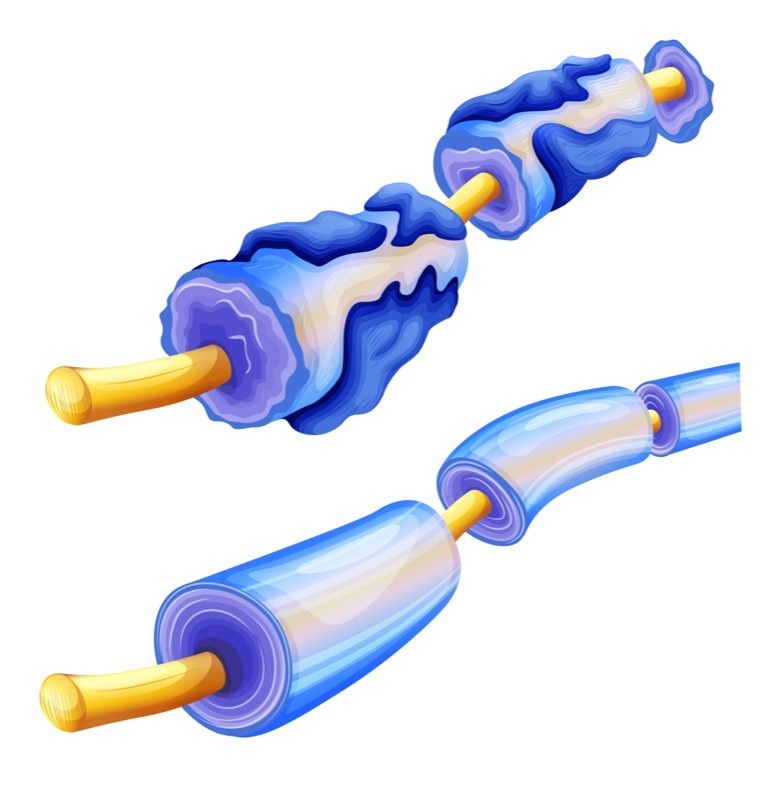Inhibiting Oxidative Stress Enzyme Reduces Nerve Cell Damage in Mice with MS, Study Shows
Written by |

Inhibiting an oxidative stress enzyme reduced nerve cell damage and promoted the formation of new nerve cells, a multiple sclerosis study in mice showed.
It also helped regenerate cells that produce the nerve cell-protecting myelin sheath, researchers said. The team used a mouse model of the progressive form of MS in their work.
The study appeared in the journal NeuroReport. Its title is “Inhibition of myeloperoxidase by N-acetyl lysyltyrosylcysteine amide reduces experimental autoimmune encephalomyelitis-induced injury and promotes oligodendrocyte regeneration and neurogenesis in a murine model of progressive multiple sclerosis.”
Oxidative stress is caused by an imbalance between the body’s production of potentially harmful reactive oxygen species and its ability to contain them. Oxidative stress leads to immune cells releasing reactive oxygen species. This release promotes nerve cell damage and degeneration of the myelin sheath.
Myeloid cells are one type of immune cell that releases reactive oxygen species. Although the cells’ name is similar to the name myelin, they have nothing to do with myelin production.
Myeloperoxidase is one of the most potent oxidative-promoting enzymes that myeloid cells release when they generate inflammation in response to an injury or threat.
Because the release leads to cell damage, researchers hypothesized that inhibiting the enzyme could have positive effects.
The team decided to treat a mouse model of the progressive form of MS with a myeloperoxidase inhibitor called N-acetyl lysyltyrosylcysteine amide.
They divided the mice into two groups, with one receiving the inhibitor and the other a placebo. They administered the inhibitor into the abdomens of the first group, with some getting injections once a day and some two injections. The controls received a saline solution called PBS in matching amounts.
The key finding was that the inhibitor significantly reduced the disease scores of the mice, compared with the controls, even at the lower of the two doses.
Researchers said the results supported the notion that myeloperoxidase plays a key role in the damage seen in progressive MS.
The team also analyzed levels of myeloperoxidase in the mice’s spinal cords. The levels increased significantly after the mice were engineered to have MS. But treatment with the inhibitor stopped the increase.
Inhibiting myeloperoxidase “not only reduced the level of oxidative stress, but also the number of myeloid [immune] cells” in the central nervous system of the mice with MS, the researchers wrote.
Since nerve cell damage and loss of the protective myelin sheath are hallmarks of MS, the team also looked at whether the inhibitor could alleviate these problems. It found that it did.
In addition, the team discovered that the inhibitor promoted the formation of nerve cells in mice with MS and helped regenerate oligodendrocytes — cells responsible for myelin production in the central nervous system.
“Taken together, our data suggests that targeting MPO [myeloperoxidase] should be a good therapeutic approach for reducing oxidative injury and preserving neuronal [nerve cell] function in progressive MS patients,” the team concluded.





